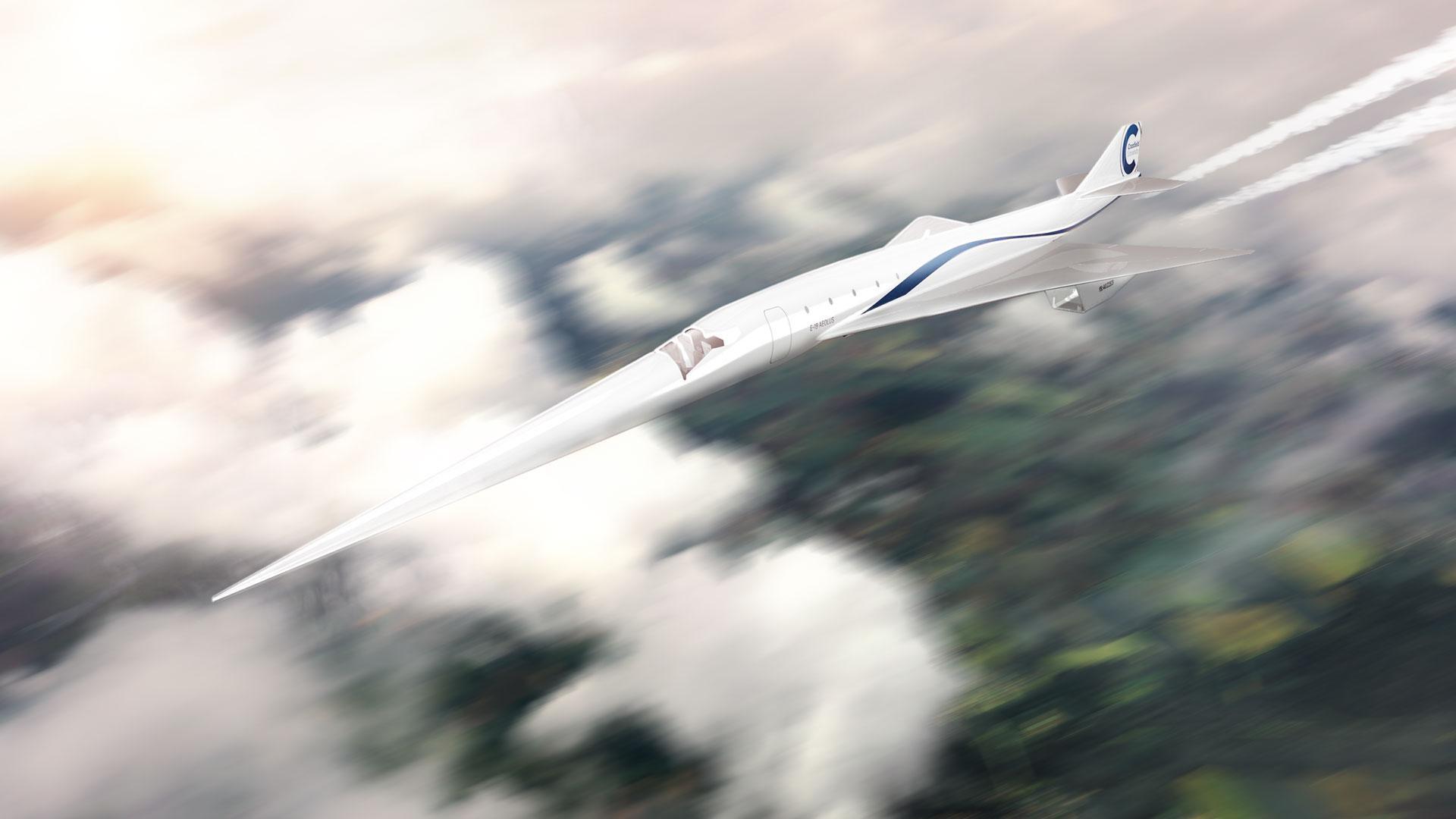
Credit: Cranfield University/DLR
Europe has launched a research program to develop a deeper understanding of the environmental impact of future supersonic aircraft and provide input into international efforts to develop certification standards for noise and emissions. The four-year, €5 million ($6 million) Seneca project (for Noise...
Subscription Required
This content requires a subscription to one of the Aviation Week Intelligence Network (AWIN) bundles.
Schedule a demo today to find out how you can access this content and similar content related to your area of the global aviation industry.
Already an AWIN subscriber? Login
Did you know? Aviation Week has won top honors multiple times in the Jesse H. Neal National Business Journalism Awards, the business-to-business media equivalent of the Pulitzer Prizes.
